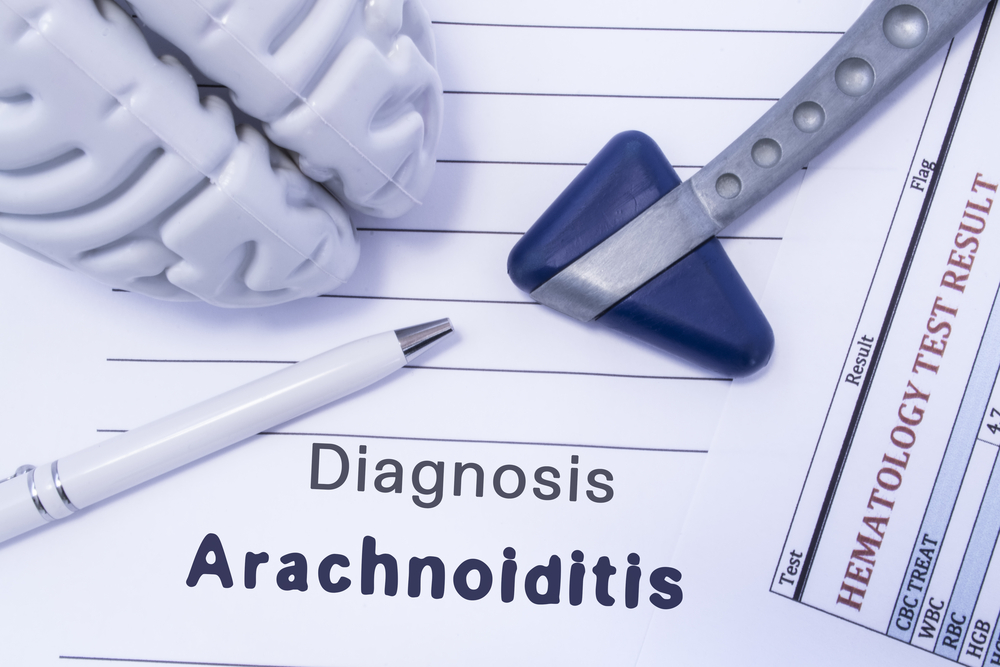Arachnoiditis is categorized by burning pain, severe stinging, and neurological difficulties. It is a pain condition caused by the inflammation one of the membranes that protects and surrounds the nerves of the spinal cord known as the arachnoid.

Arachnoiditis is categorized by burning pain, severe stinging, and neurological difficulties. It is a pain condition caused by the inflammation one of the membranes that protects and surrounds the nerves of the spinal cord known as the arachnoid.
Arachnoiditis affects the nerves linking to the lower back and legs of many individuals; however, it has no consistent form of symptoms. Pain is the most common symptom, but arachnoiditis can also cause:
Symptoms may become more severe or even permanent, as the disease progresses. This disease can put you in constant pain so you may unable to work and suffer significant disability.
DIAGNOSIS
Diagnosing arachnoiditis can be tough, but tests such as MRI (magnetic resonance imaging) or the CAT scan (computerized axial tomography) has helped with the diagnosis. A test called an electromyogram (EMG) can evaluate the severity of the ongoing damage to the affected nerve roots by the use of electrical impulses to check nerve function.
A diagnosis of arachnoiditis is based upon a detailed patient history, a complete clinical exam, identification of main symptoms and a range of specialized tests of which radiological confirmation is important. Since most of the cases occur in the lumbosacral spine, an MRI with contrast is the optimal examination to verify the degree of the illness. Of preference, a magnetic resonance imaging (MRI) of the lumbosacral spine with contrast is perfect, more accurate and less injurious.
Physical examinations of Arachnoiditis’ patients can reveal changes in reflexes, strength or weakness and sensory deficits. In addition, when compared with radiological images, it confirms the physical findings between the right and the left side.
TREATMENT
Arachnoiditis has no cure. On the other hand, treatment preferences for Arachnoiditis are the same as those for other chronic pain conditions.
Many treatments center on getting rid of pain and improving symptoms that impair day to day activities. Often, health care professionals endorse a program of pain management, psychotherapy physiotherapy, and exercise.
Because results can be poor and provide only short-term relief, surgery for Arachnoiditis is controversial. To determine whether those treatments are effective, clinical trials of steroid injections and electrical stimulation are required.
Overview and FactsTypes and SymptomsDiagnosis & MedicationsOverview and Facts Referred pain is a phenomenon where pain is perceived at a [...]
Overview and FactsTypes and SymptomsDiagnosis & MedicationsOverview and Facts Quinoline yellow is a synthetic food colorant commonly used in the [...]
Overview and FactsTypes and SymptomsDiagnosis & MedicationsOverview and Facts Pneumothorax is a condition characterized by the presence of air in [...]